Arena rock god Phil Collins turned his lifelong fixation with Davy Crockett and the battle of the Alamo into a $42 million collection of artifacts and objects. It’s now on display in San Antonio, Texas.
To understand how Phil Collins—drummer of the British ‘70s supergroup Genesis, arena-packing ‘80s solo artist, and Rock and Roll Hall of Famer—amassed a $42 million collection of artifacts from the Alamo, we have to start with Walt Disney.
Davy Crockett, a five-episode family entertainment series about the legendary American frontiersman, was broadcast on Walt Disney’s Disneyland program from 1954 to 1955. Starring Fess Parker as Crockett, the program was later turned into a movie, re-shot in color, and eventually aired on television throughout the 1960s.
Crockett was famously among the 200 or so Texians occupying the fortified former mission known as the Alamo, located in Mexican territory. In early 1836, the fighters stubbornly withstood a 13-day siege by thousands of Mexican troops tasked with removing the settlers. On March 6, the Texians were overrun, and all the fighters killed.
By most accounts, Crockett was among the last to go down.
Crockett Mania Sweeps America—and West London
With Disney’s version of the story saturating the airwaves, Davy Crockett mania swept the nation, an early viral teen hit. Kids bought fake coonskin caps and fringed leather jackets. The theme song became a mid-century earworm, from which I suffered throughout my Cleveland boyhood.
Meanwhile, in Middlesex, England, five-year-old Phillip Collins was rapt. He soaked up the Disney version of history, fascinated by the tale of America’s King of the Wild Frontier and his noble end.
Recommended Fodor’s Video
In one of the future rock god’s earliest public performances, in 1958, seven-year-old Collins sang the TV show’s “The Ballad of Davy Crockett” in a talent competition at a seaside resort. (He stopped the performance midway, to inform the orchestra it was playing off-key.)
A Very Rich Collection
Collins maintained an interest in Crockett and the Alamo throughout his life, and by the 1980s he had become rich–very rich. And as his musical career tapered down in the 2000s, Collins was able to apply himself, and his fortune, to his Davy Crockett fixation. He began tracking down and acquiring artifacts from the Battle of the Alamo.
The practice became an obsession, as it does for many collectors. Unlike many collectors, Collins had an unusually large budget (reportedly at least $300 million). His stash grew to over 400 items, one of the world’s largest private collections of Alamo and Republic of Texas memorabilia.
By 2014 Collins, then in his 60s, was thinking about his legacy. He decided it was time to share his bounty with historians and the public. In an act that shocked even the beneficiaries, he donated everything to the Texas General Land Office, custodians of the Alamo and its collections.
And Now, the Show
The first exhibitions to include Collins’s contributions opened in March 2023 in a new gallery building on the Alamo grounds, constructed to support the Collins collection.
The highlight for me isn’t the collection of artifacts, but “The Alamo Under Siege,” a room-sized diorama of the Alamo fortress as it appeared in 1836. Under dim lights, Collins’s recorded voice narrates the run-up to and the details of the final battle. As the story unfolds, each area of the fort discussed is illuminated.

The Alamo model, in subdued tones of brown and green and featuring scale model figures, armaments, and fixtures, looks almost like an artifact itself. It’s as if it has been exhumed from the Texas soil, brushed clean, and set under plexiglass.
Collins’s well-practiced voice is immediately recognizable.
In contrast to much of his music—the epic ballad “One More Night” leaps to mind—this performance is understated, his voice betraying no hint of false drama or bravado. Even when the going gets tough.
“The long house was the scene of some of the most vicious hand-to-hand combat,” Collins plainly intones in crisp London accent, “making good [Mexican] General Santa Anna’s promise that no one would be spared. Mexican soldiers hunted down and killed every defender.”
To be clear, this version of the story is told in a single dimension, with no nod to motivation or context. Collins tells you the who, what, and when of the battle, as conveyed by Texas historians. If you want to understand the why, discover what pieces he may have left out or overlooked, or hear a non-Anglo perspective, you’ll need to look elsewhere.
This being 2023, there is controversy over the propriety of a non-Texan, and a white one at that, accumulating artifacts that tell an American story that involves multiple cultures, including Mexicans and Indigenous people.
The Alamo Foundation says future exhibitions will provide more context and diversity of opinion.
The Collins Alamoiana
The artifacts are on display in adjacent rooms, 50 of which are drawn from the Collins cache. (Other collectors’ items are there, too.) The objects add details and texture to the outline of the Alamo story conveyed by Collins’s voice.
From the Collins collection, you’ll see Mexican military buttons, grapeshot ammunition balls, a bronze Mexican hand grenade, a fearsome bone-handled Henry Schively bowie knife, and a Davy Crockett almanac dating from 1837. (The provenance and authenticity of several items, a leather ammunition pouch said to be used by Crockett, are under question. Collins has had little to say about that too.)
My favorite item though is a blue leather-covered ledger, bearing “Phil’s Alamo Collection” in gilded type. It’s what Collins used to track his acquisitions.
A Bigger Production Ahead
The Collins show will continue and only expand.
The handsome brown and white structure that hosts the exhibit, called the Ralston Family Collections Center, is only the temporary home of the Collins cache. Under the stipulations of Collins’ donation, a four-story museum will be built to house it all.
And there are some rare and significant things in the collection to be shown there. Highlights not yet on display include a receipt for a delivery of goods to the Alamo the day the battle took place and a sword belt believed to be worn by a soldier killed on top of an Alamo wall.
The new museum and education center, to be located across the street from the Alamo, is scheduled to open in 2027. (A Ripley’s Believe it or Not! museum currently occupies that property.)
In the meantime, the gallery—while neither a Disney production nor epic Collins performance—provides a far more engaging, informative, and dramatic experience than what you’ll get from the simple signage and guided tours of the Alamo’s historic buildings themselves.
If you have limited time, I’d recommend strolling the Alamo grounds, eyeing the re-enactors doing their thing, and then heading to the Collins collection. It’ll take no more than 45 minutes to explore.
And, of course, viewing the collection is essential; indeed it is sufficient itself for booking a trip to San Antonio for Collins superfans and completists. I came away wishing the gallery had worked in a recording of Collins doing a cover of “The Ballad of Davy Crockett.” By the time I left, I had the damn earworm anyway.
While tickets for timed admission to the Alamo are free, a visit to the Collins collection costs $14. For information, visit the Alamo Foundation website.
An unexpected pleasure - I have only recently latched onto the Alamo myself ...maybe time to return to the USA for a visit?




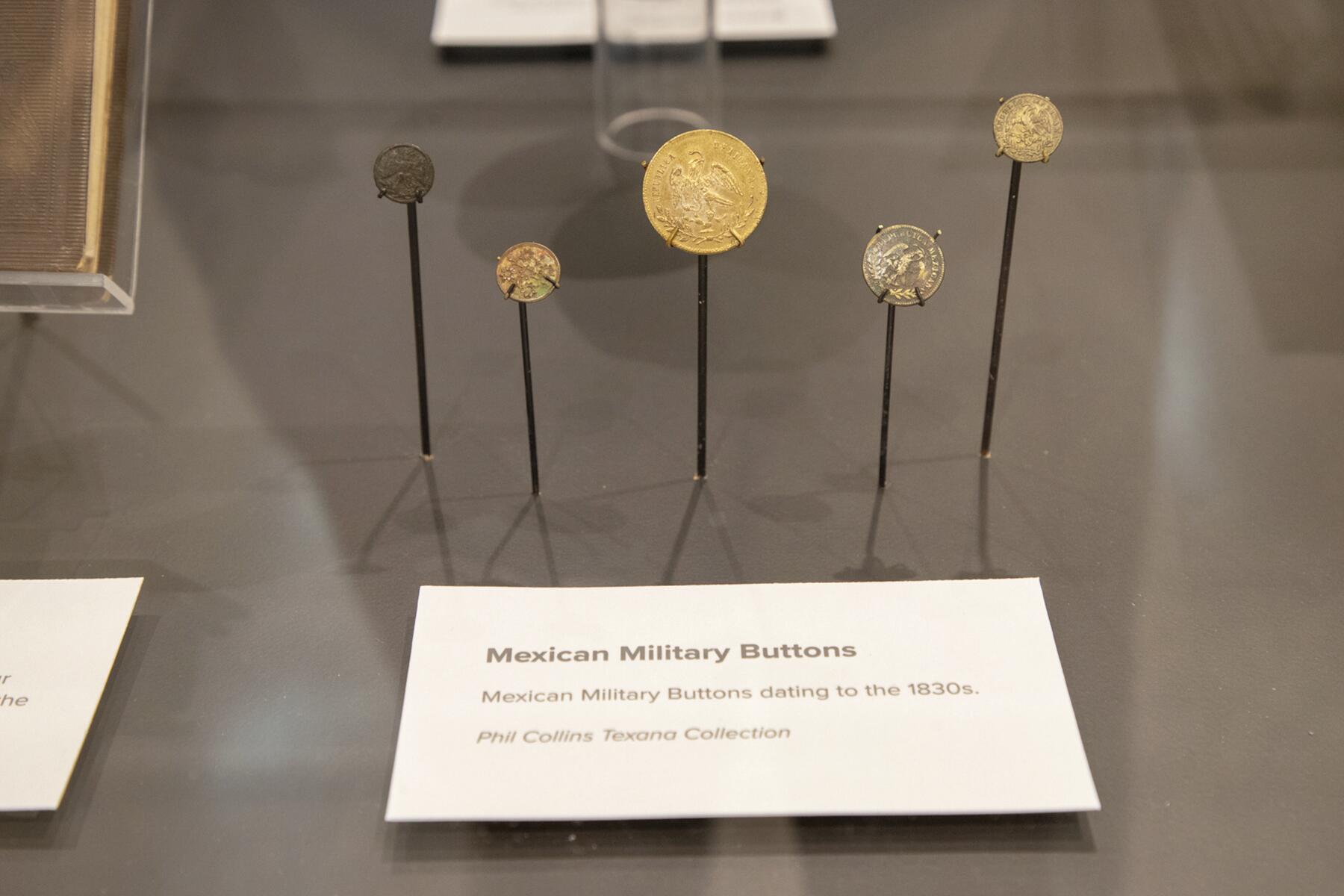
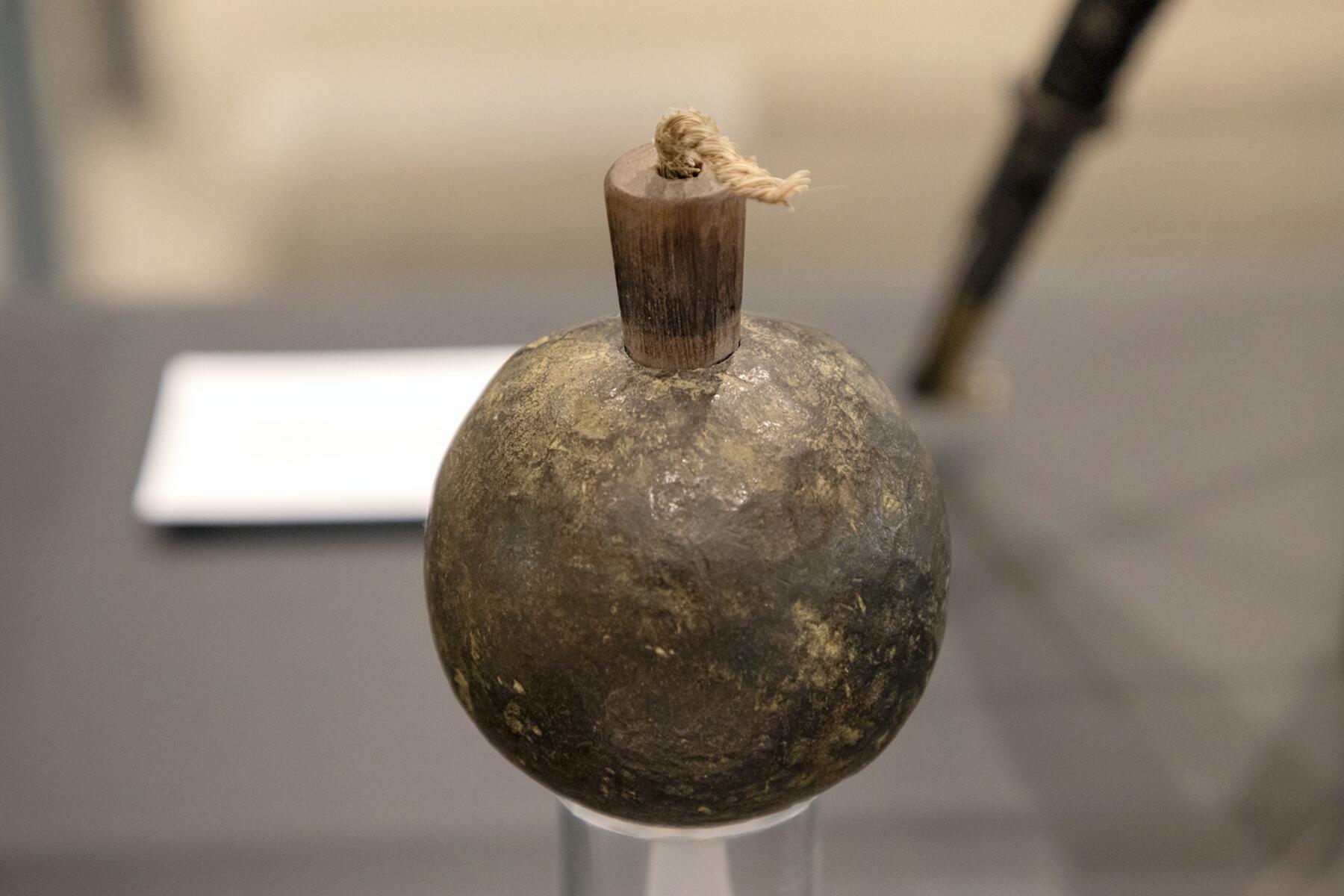
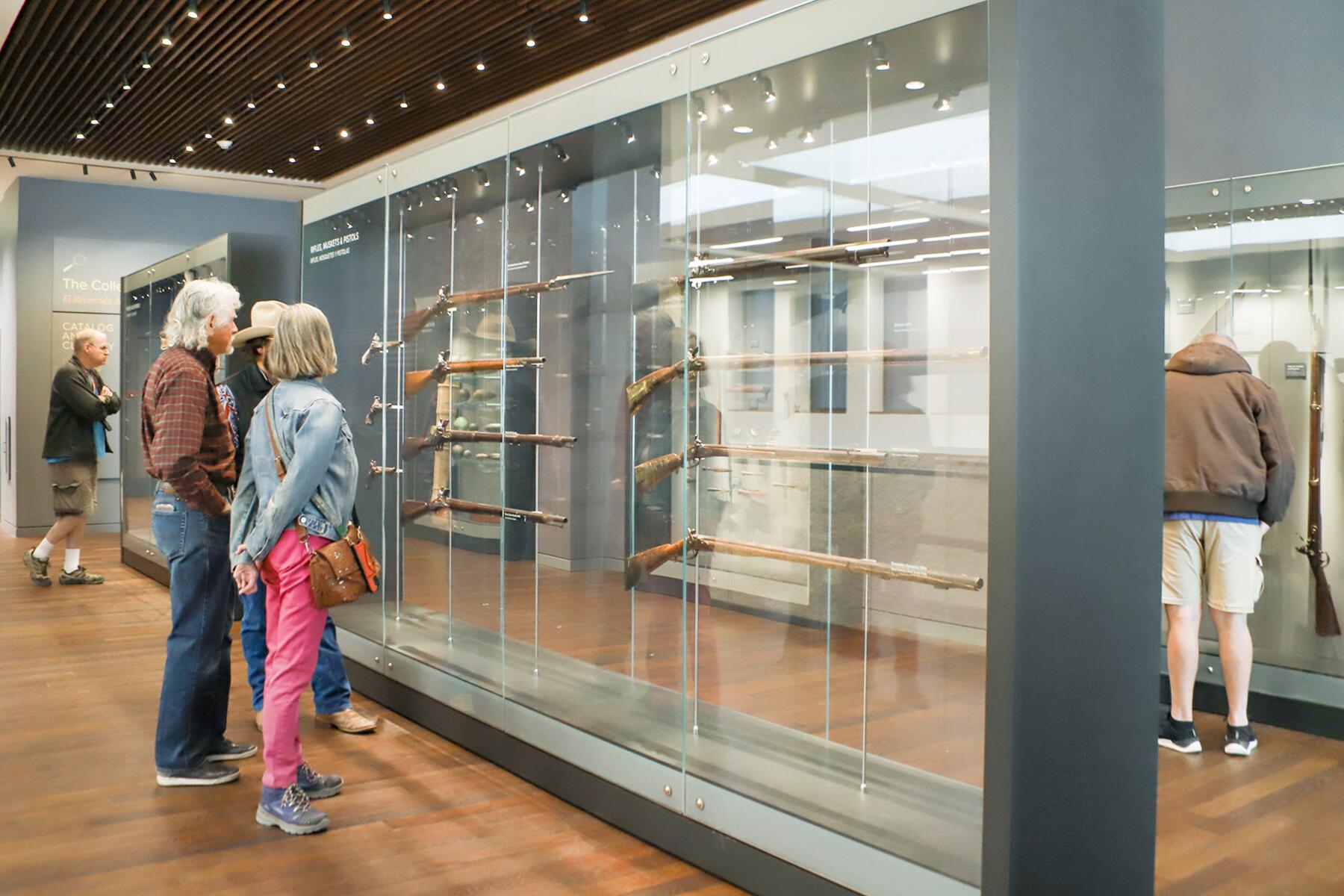
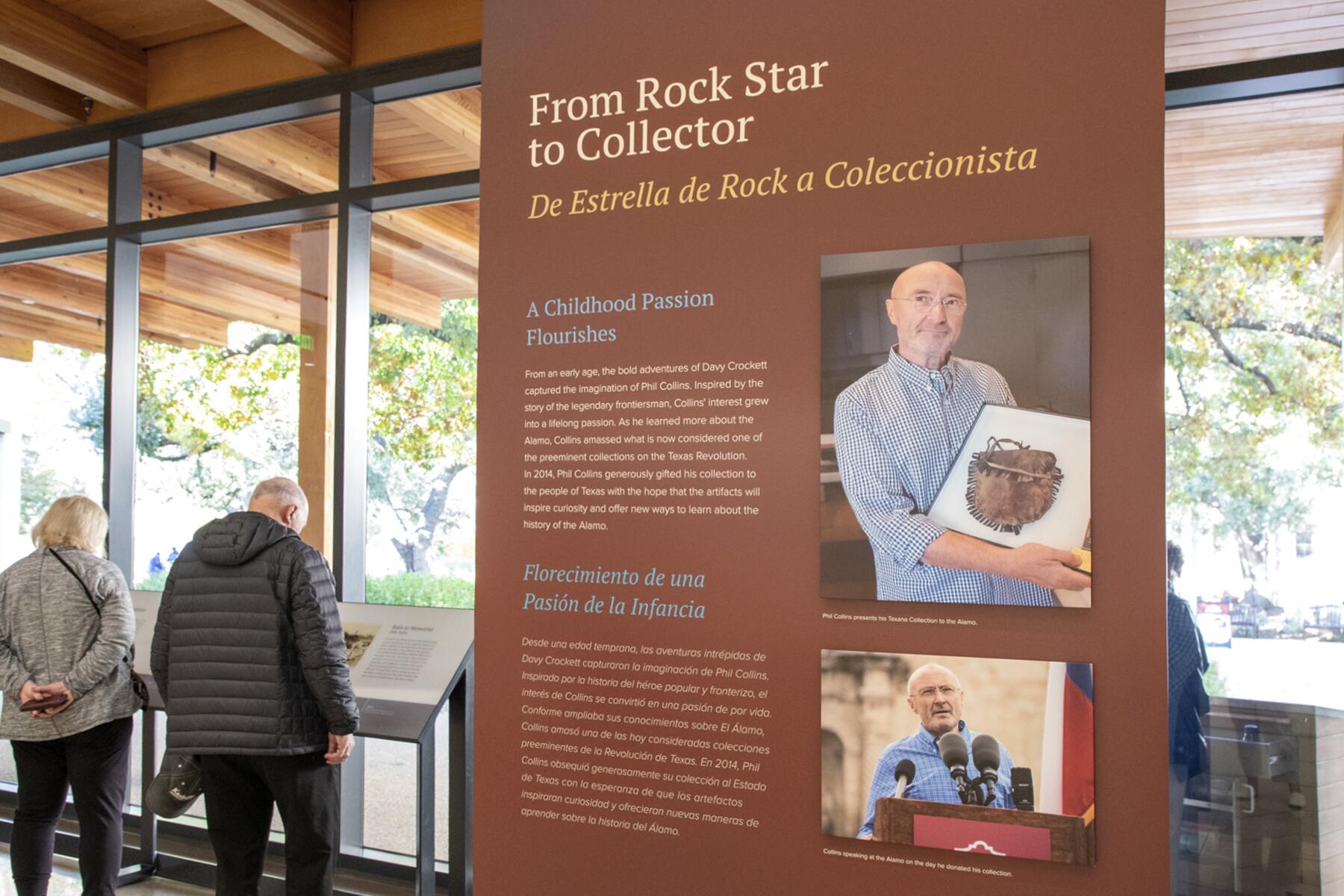
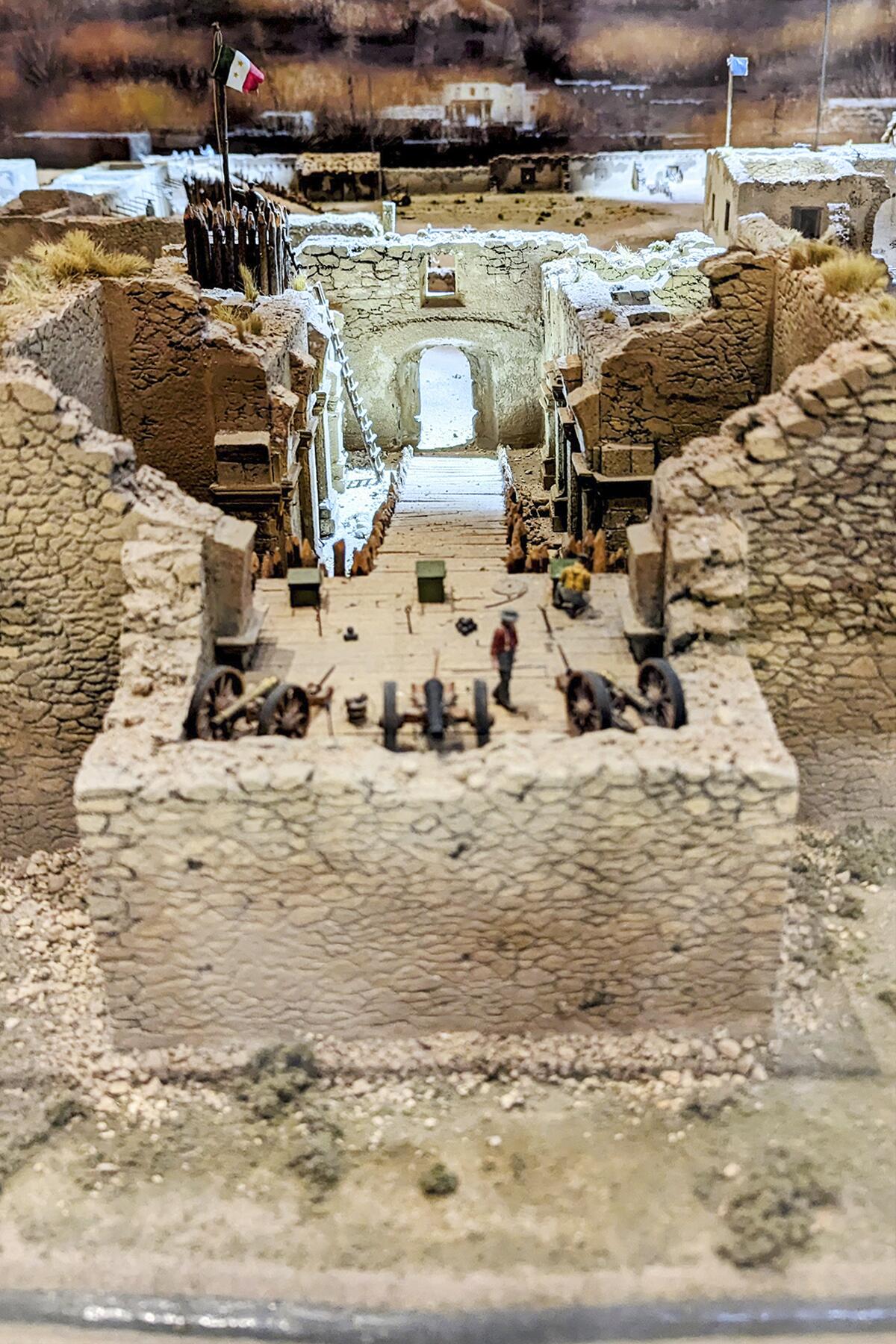
Texians?
That was their name for themselves – the early Anglo-American settlers of Mexico (and later the Republic of Texas). Sometimes written as Texicans.